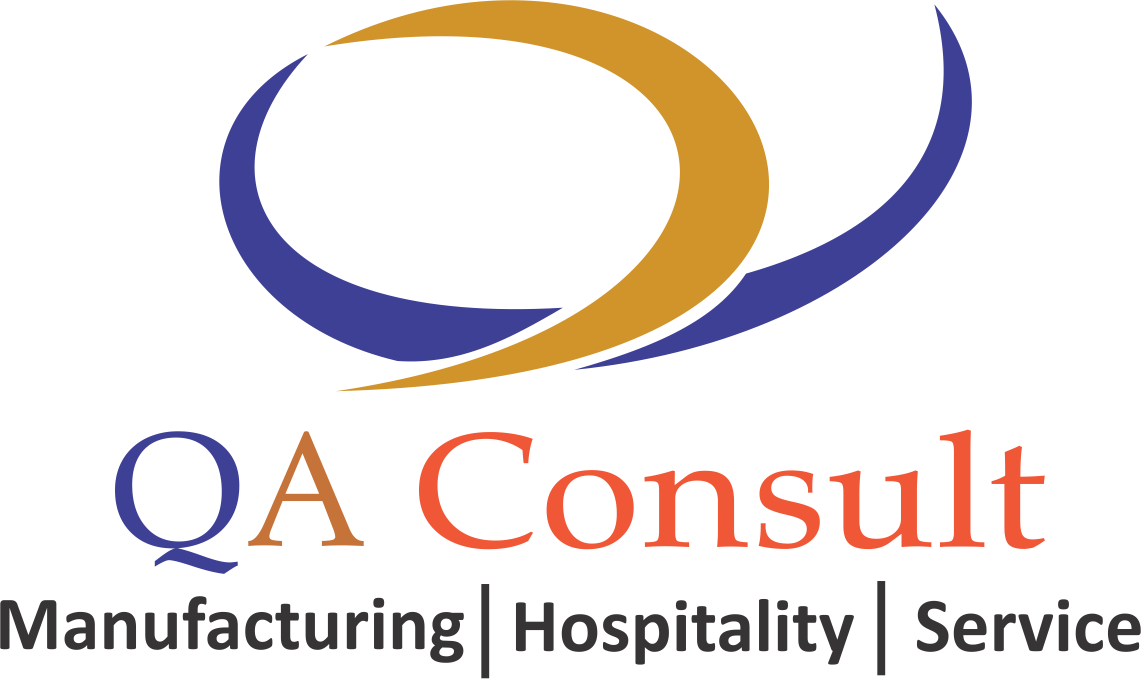Continual improvement in an organization?
Any business which embraces a culture of continual improvement grows quickly over time, in efficiency and effectiveness. Among the most widely used tools for continual improvement is a four-step quality model called the plan-do-check-act (PDCA) cycle also known as Deming Cycle.
Plan
Change they say is difficult, but when change happens, it normally comes to revolutionize the way we do things and our approach to procedures and processes is greatly enhanced. Planning is key in every activity, right from personal goals to organizational goals. Failure to plan would have a negative impact and may lead to poor execution. The needed impact of the change might not be achieved in the long run. At this stage, the team to communicate and lead the change would be put together and action plans prepared to effect the change.
Do
In the ‘DO’ stage of the PDCA cycle, implementation of the change should be on a small scale. It is similar to the challenge of eating a whole apple in one bite. You can only eat an apple one bite at a time. Responsibility for each action to realize success is very important. Realistic timelines should be attributed to every action and should be agreed by the one responsible.
Check: Once implementation takes off, remember to keep records of all the activities. Checking is what would inform you, whether the change is successful or not. The mistake we make in organizations is the fact that, the monitoring and checking stage is normally relegated to junior staff who may not have the passion to see that change.
By the way running a continual improvement activity involves the entire organization especially the department or function where the change is affecting most. If it is happening in a factory, the shop floor must be involved. Once you have their buy-in, implementation and monitoring goes smoothly.
The data gathered in the course of the implementation phase is what is referred to, in determining whether the change made a difference or otherwise. Here, quality of data is an important factor since the outcome of the analysis is what determines whether you’ve reached success or otherwise. From my experience in Quality auditing, there is a poor record keeping culture. If records are kept, they are scanty and not systematically taken. People do not sometimes see the need to record process parameters or records of transactions if you’re talking of non-manufacturing organizations.
Act
Conclusion
Some other benefits can be realized from the application of a continual improvement process in the areas of new product development, project management, supplier management and problem solving activities. Employ this process and see consistent growth in your organization
Johnson Opoku-Boateng is the Executive Director & Lead Consultant, QA CONSULT (Consultants and Trainers in Quality/Safety Management, Manufacturing Excellence and Food Safety) and can be reached on +233209996002, email: johnson@qaconsultgh.com.
Related Services
ISO Standards and Industrial Excellence
ISO Standards and Industrial ExcellenceThe one district one factory programme, a flagship project being embarked on by the Government of Ghana is certainly gaining traction. From one policy summit to another, captains of industry, government officials and even the...
Food Spoilage and Preservation
Food Spoilage and Preservation“Food security is a situation that exists when all people, at all times, have physical, social and economic access to sufficient, safe and nutritious food that meets their dietary needs and food preferences for an...
Intrinsic Physical Hazards in Processed Foods – Watch Out!
Intrinsic Physical Hazards in Processed Foods – Watch Out!Grabbing a club sandwich in a very popular and well-patronized restaurant on the Spintex road, Accra was a great idea after a hard day’s work at a client’s organization. I took a bite and as I worked on the...
Get In Touch
HEAD OFFICE
Aviation Highway , East Airport ( Spintex)
Landmark: Endpoint Homeopathic clinic



